Strategic Marketing Part 3 What is a

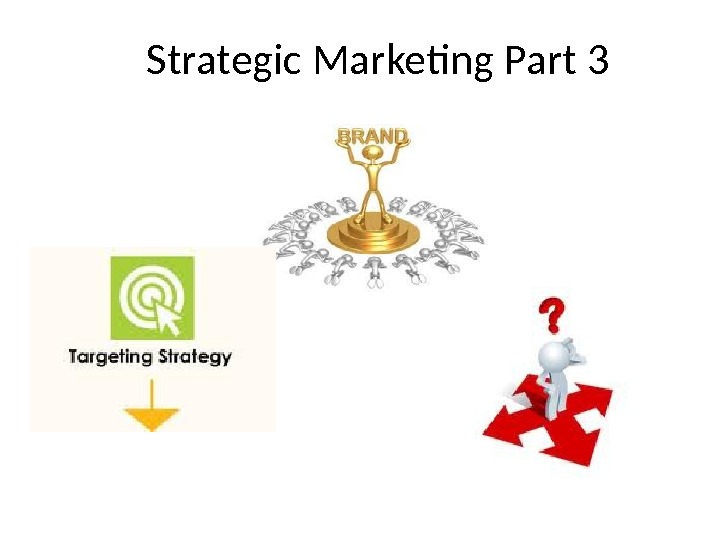
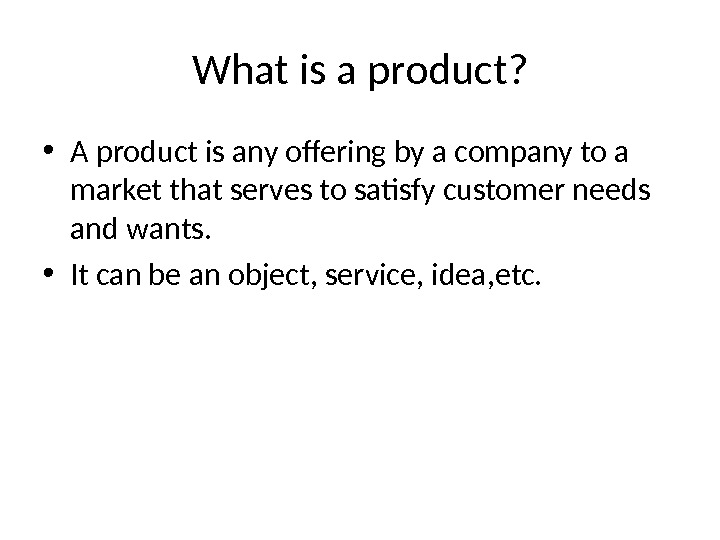
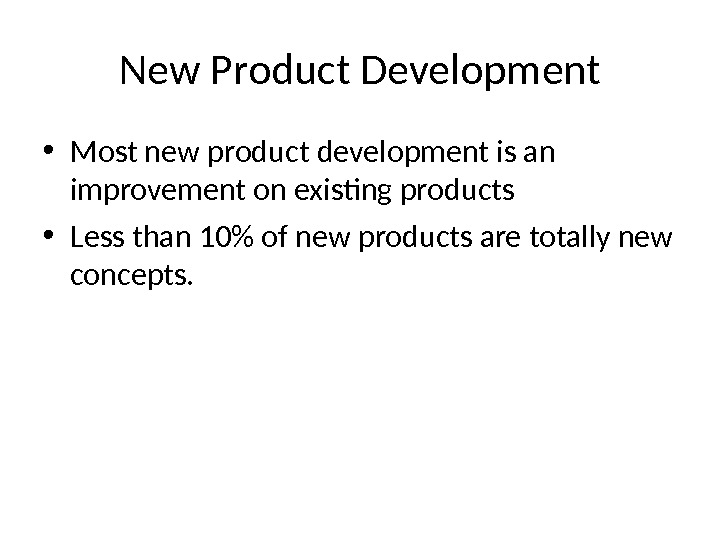
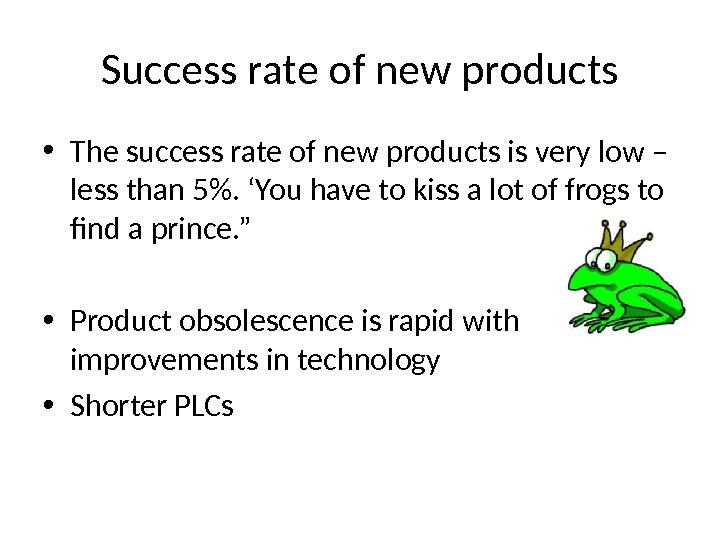
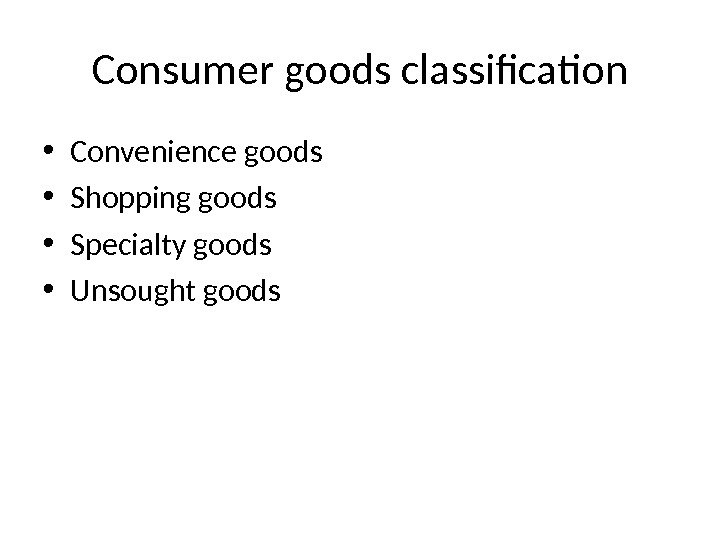
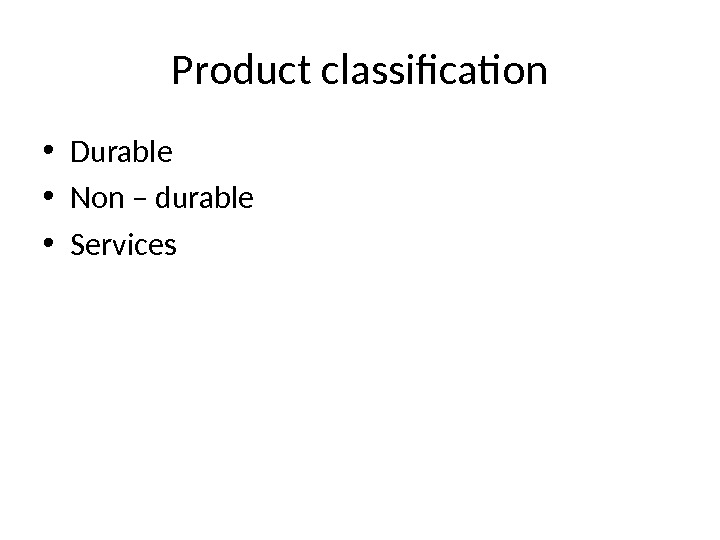
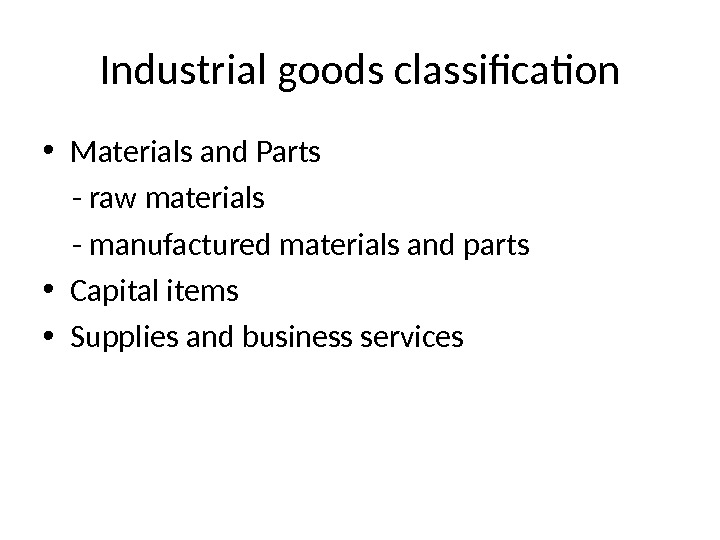
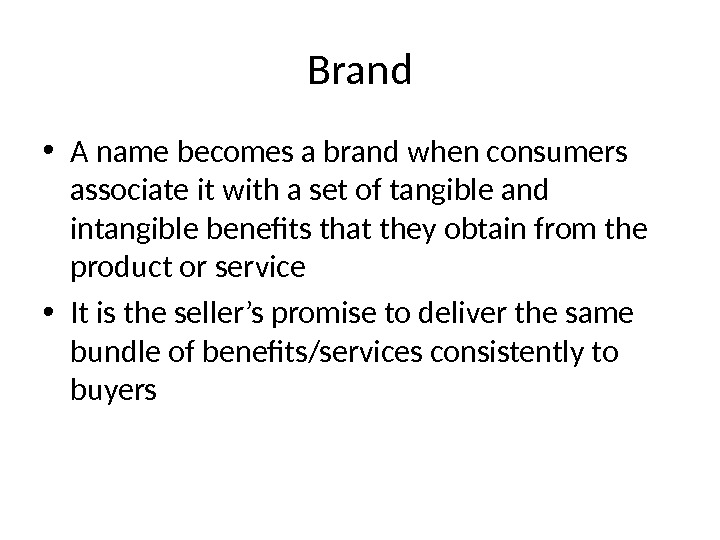
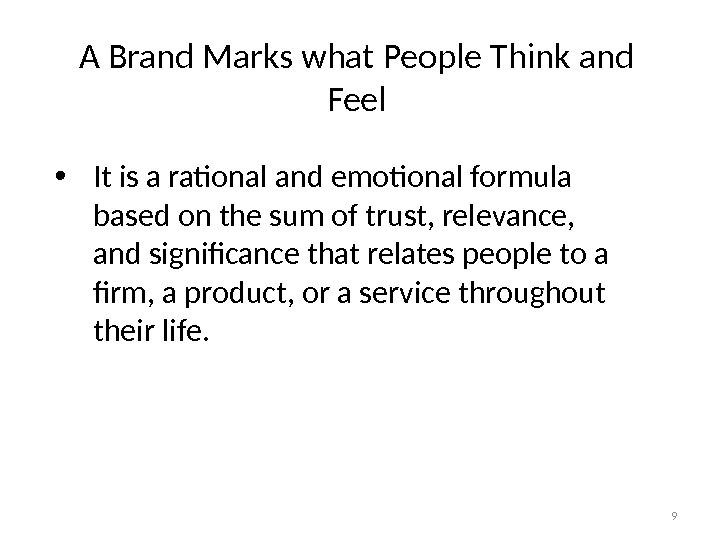
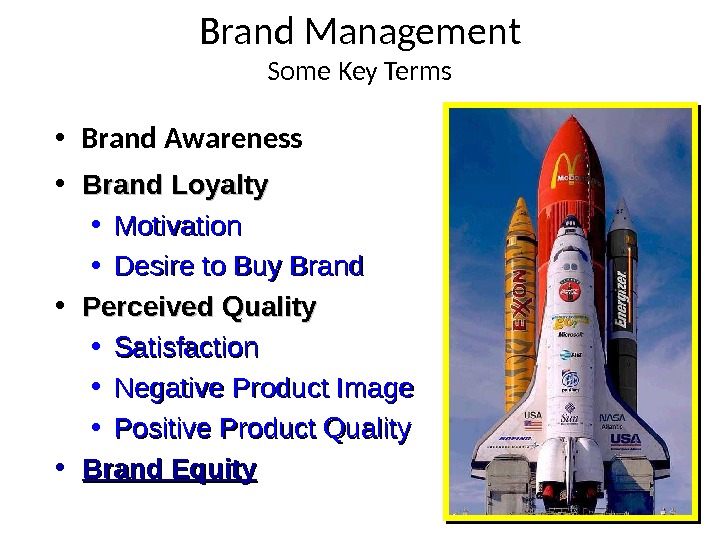
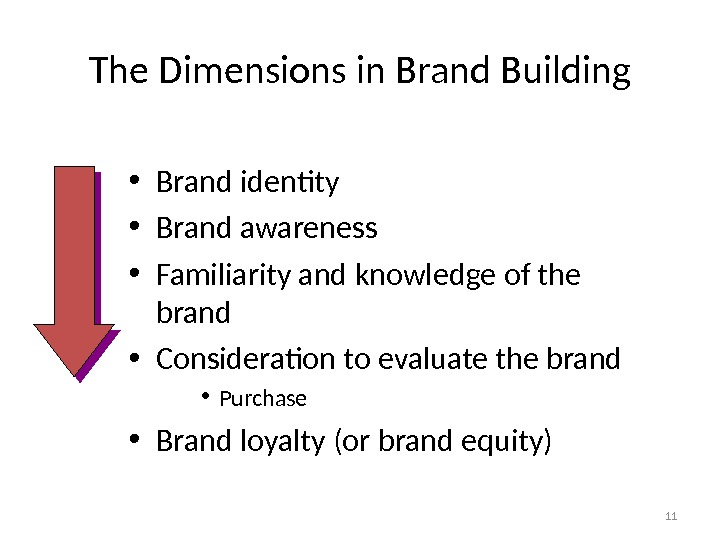
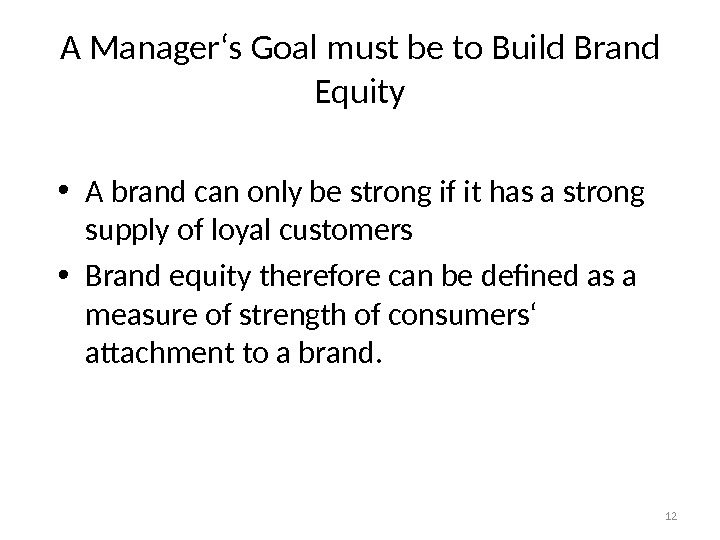
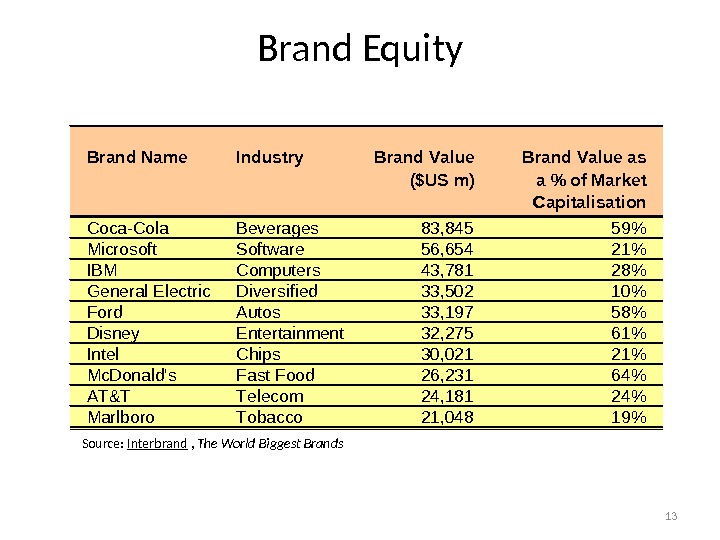
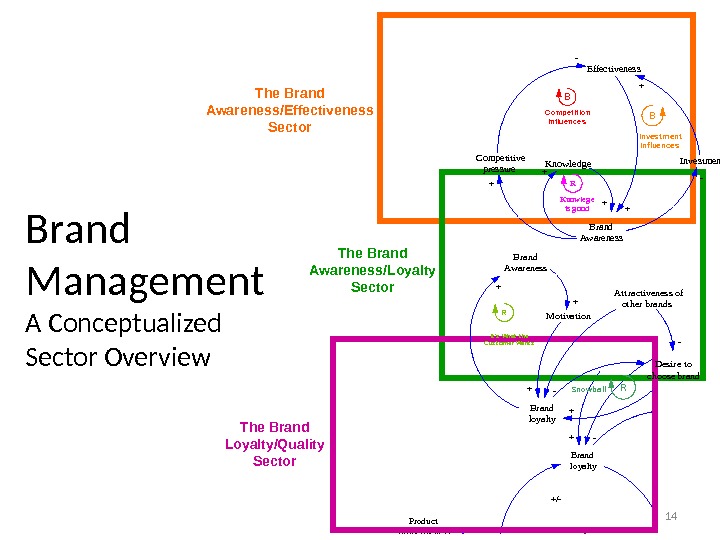
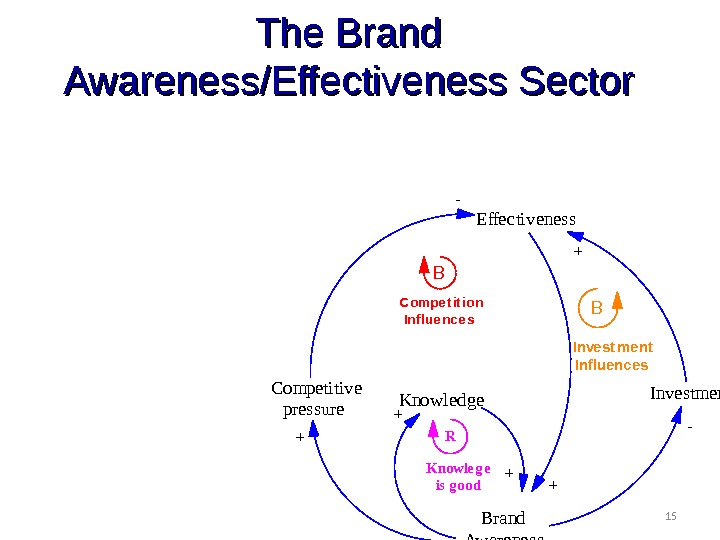
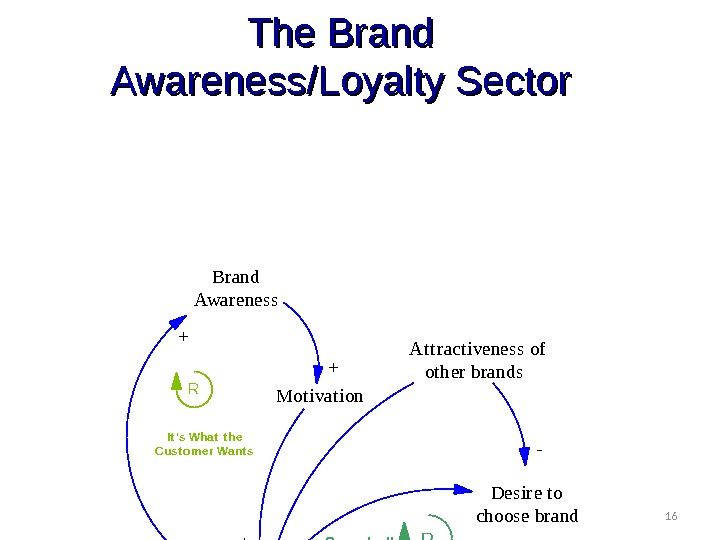
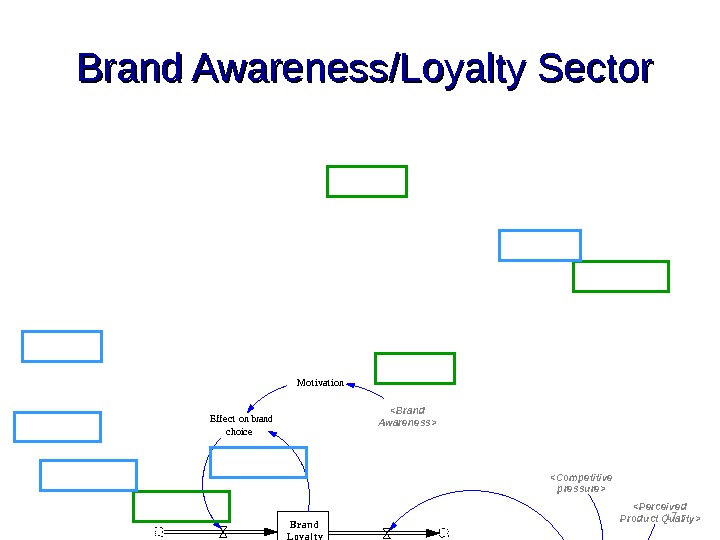
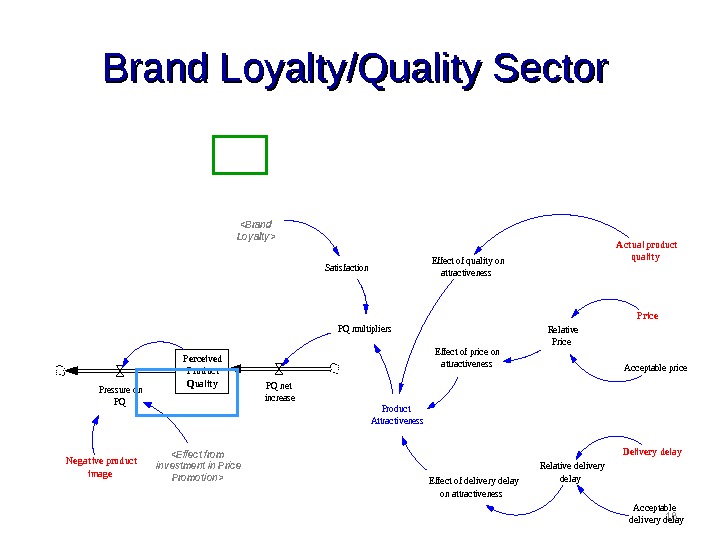
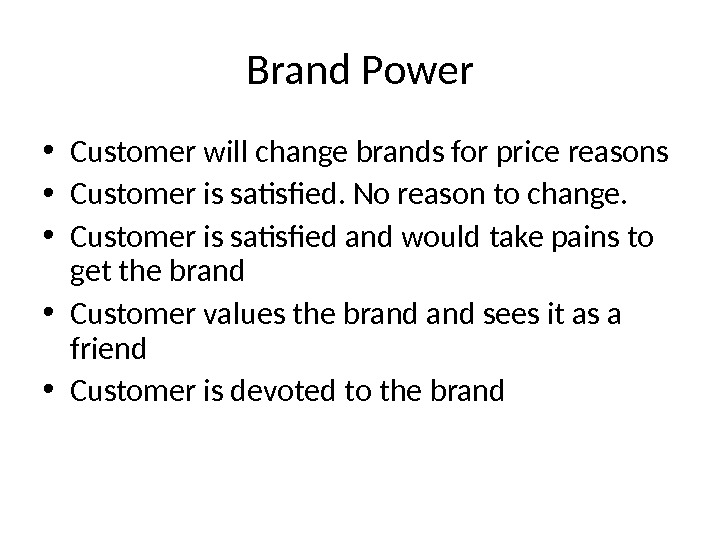
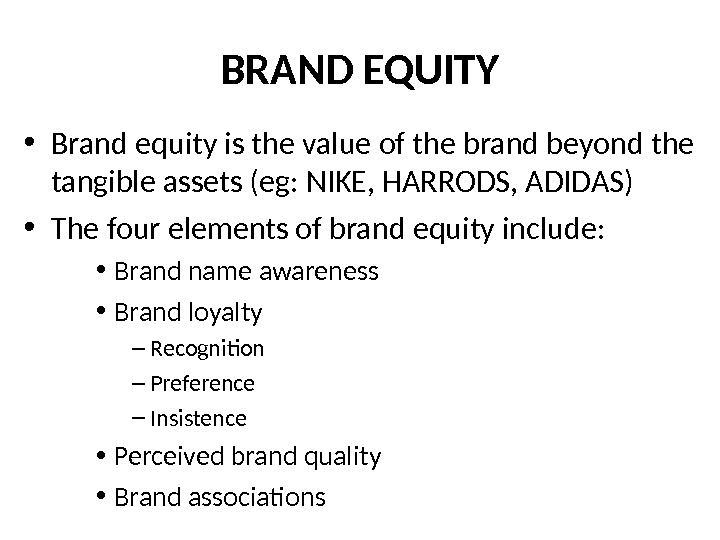
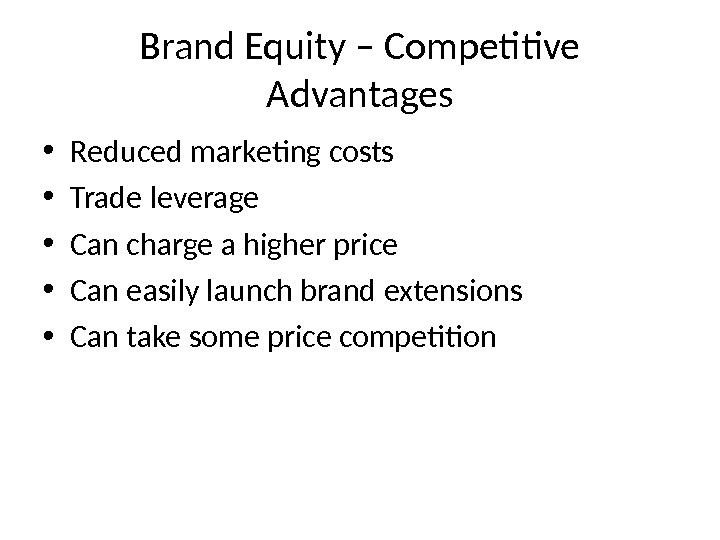
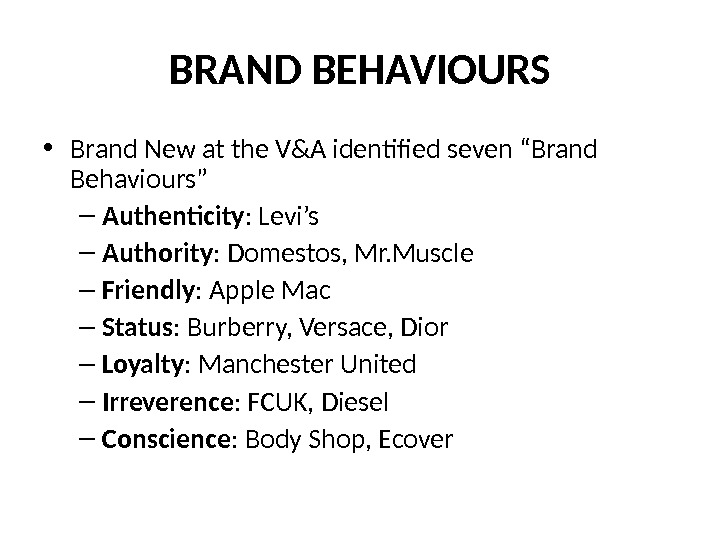
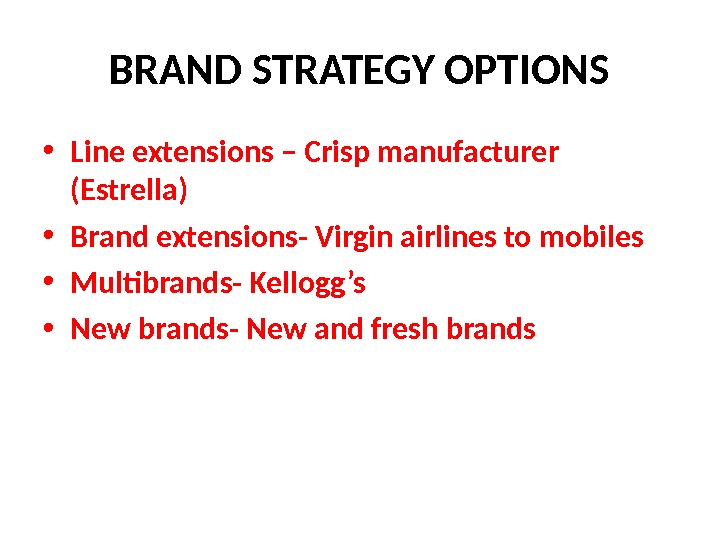

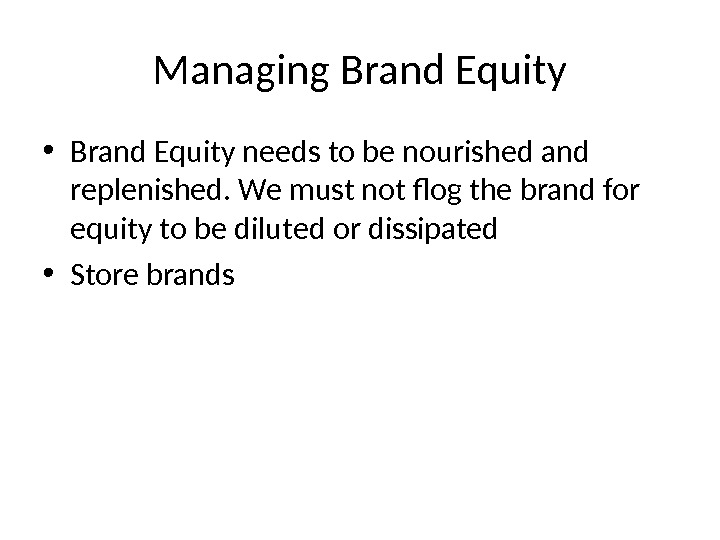
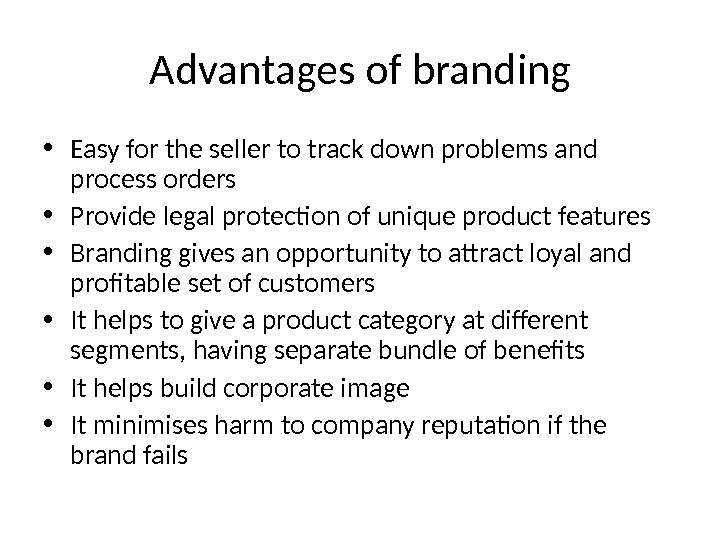
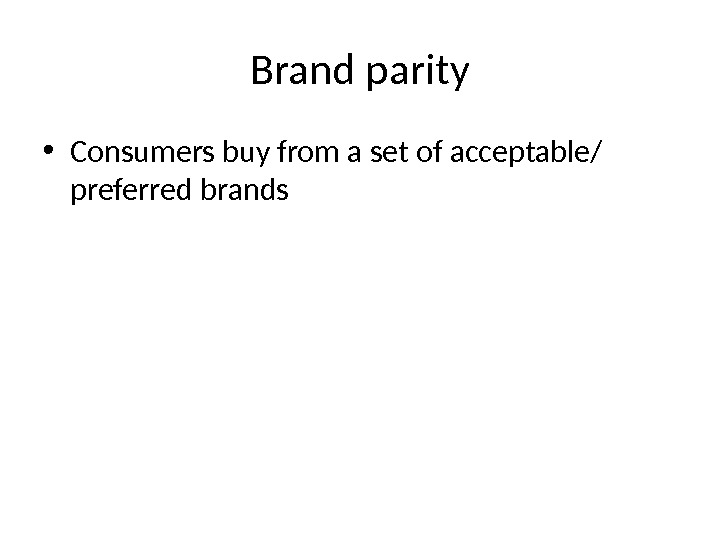
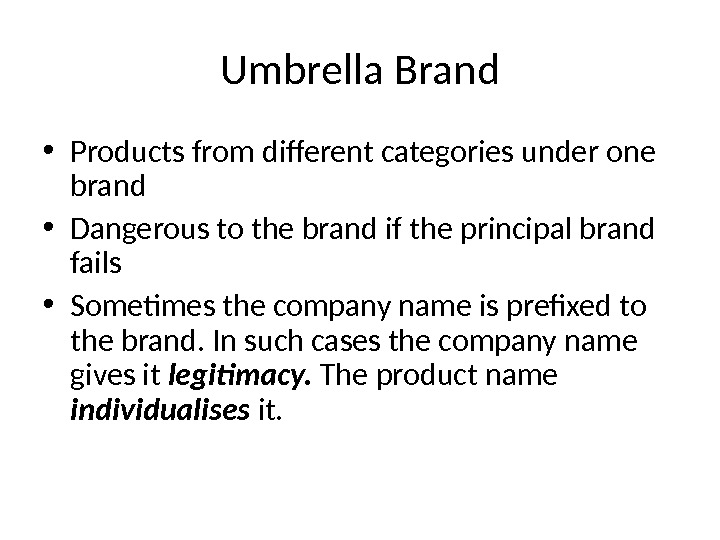
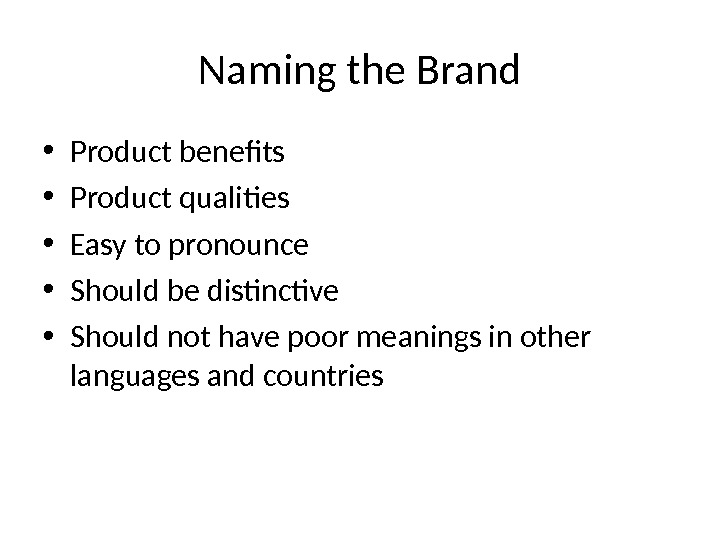
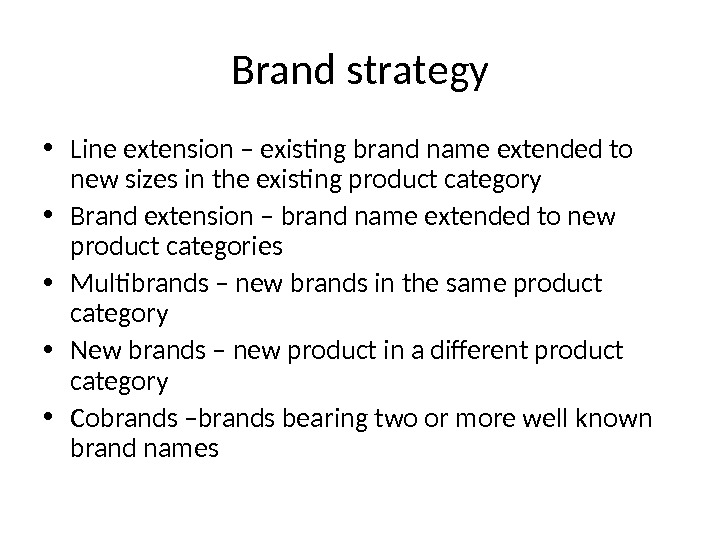
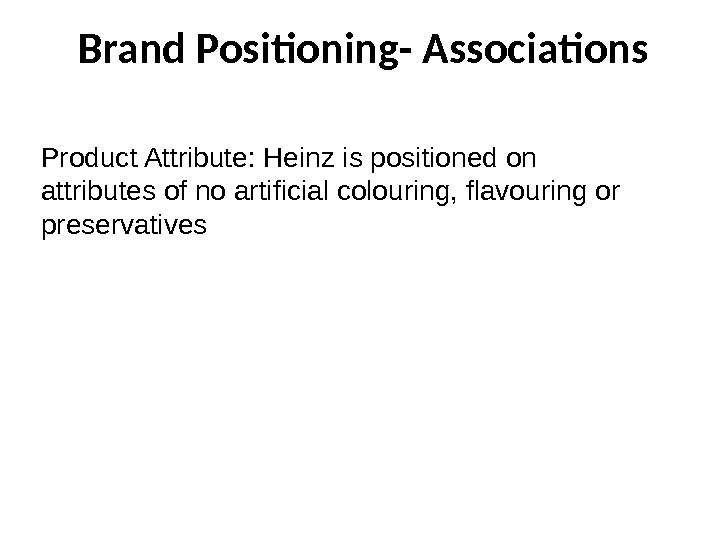
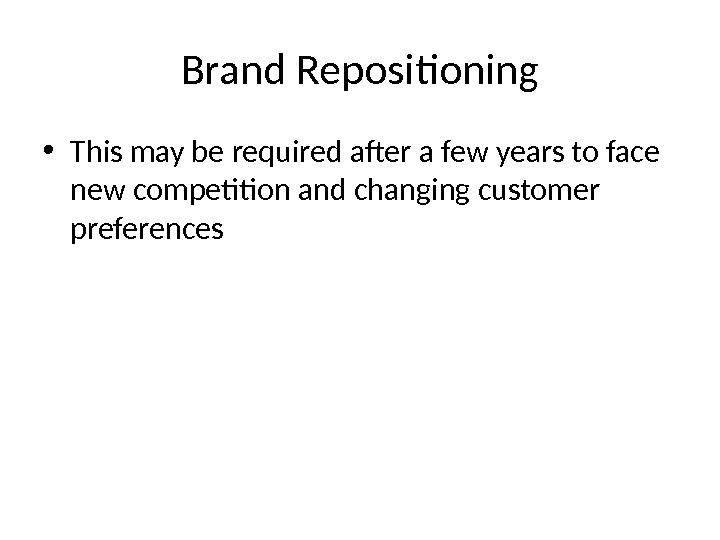
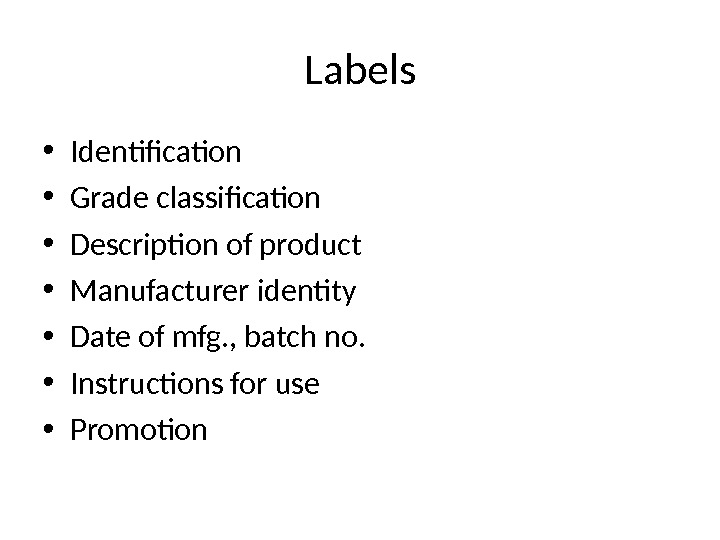
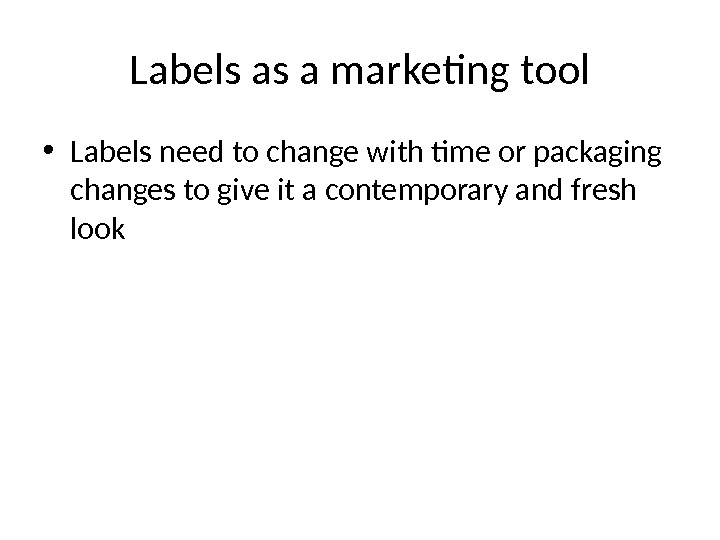

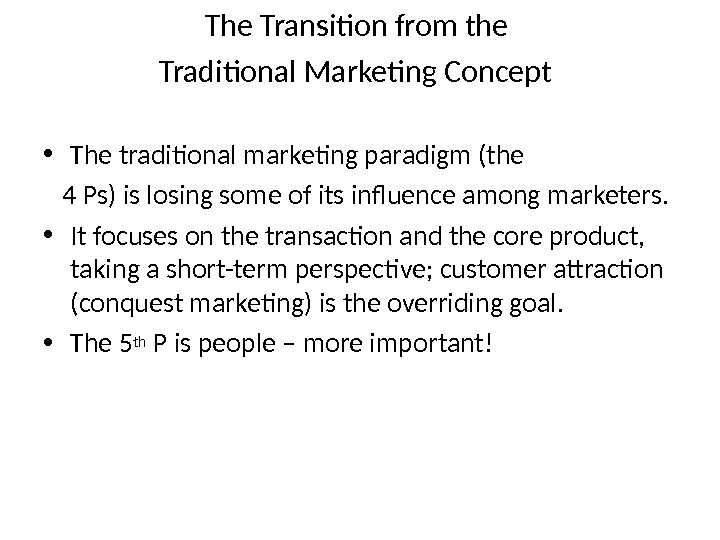
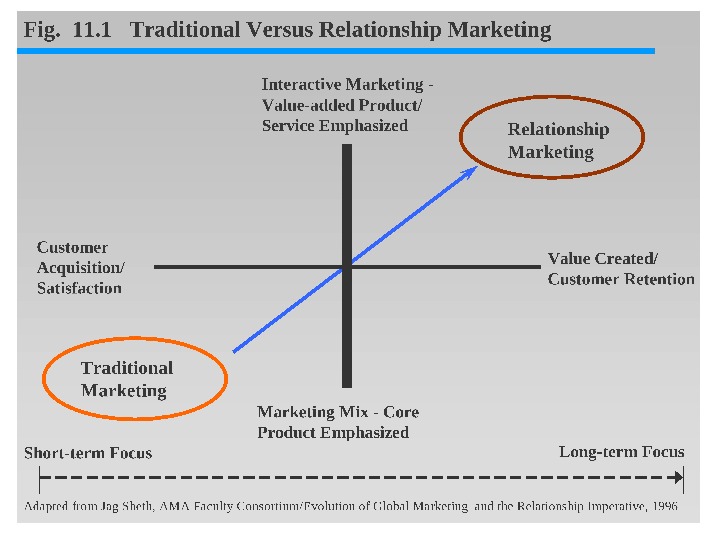
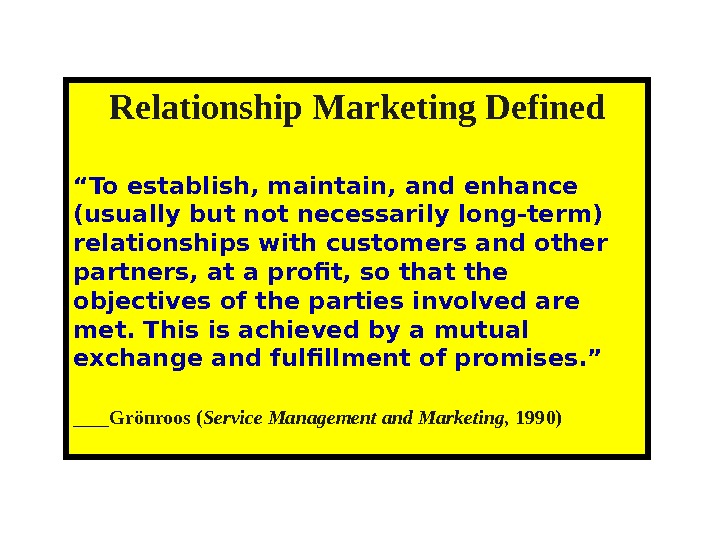
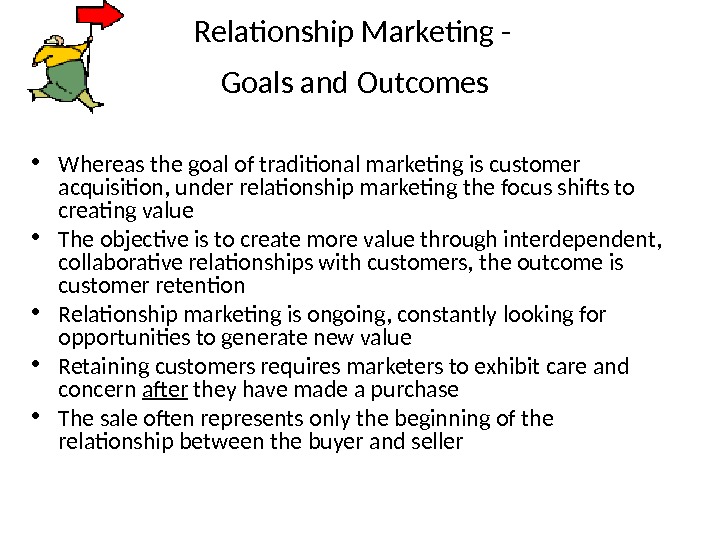
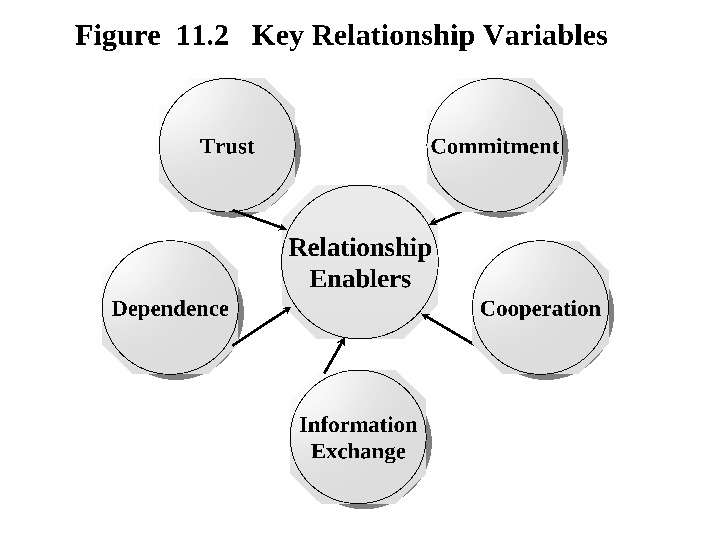
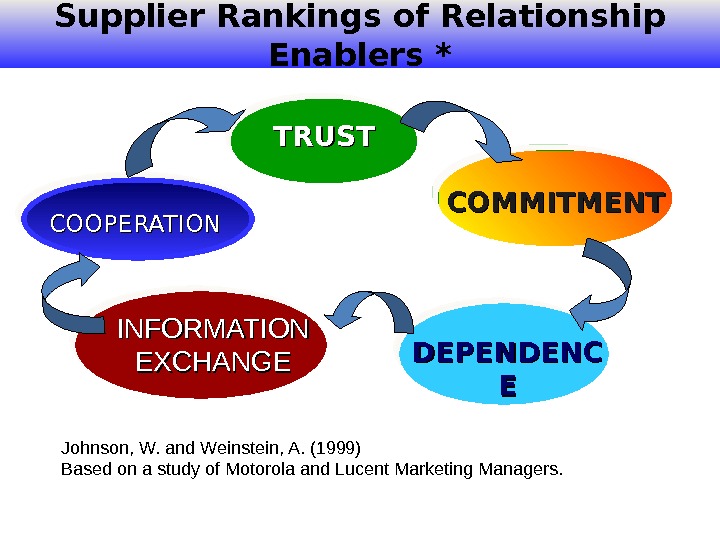
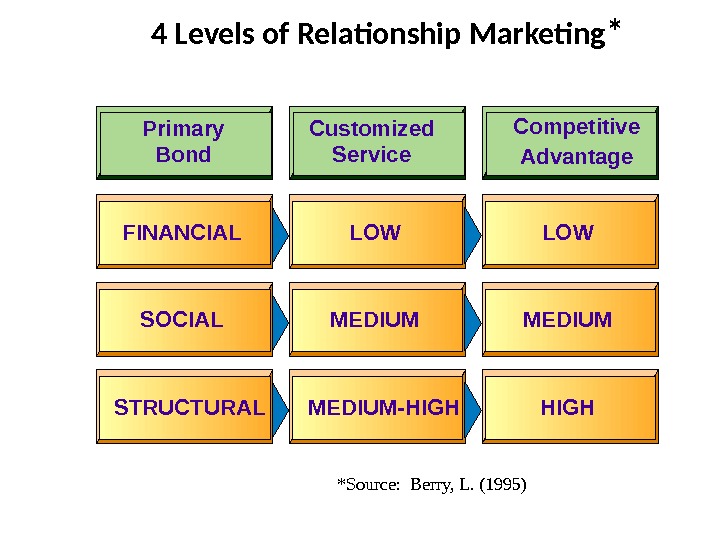

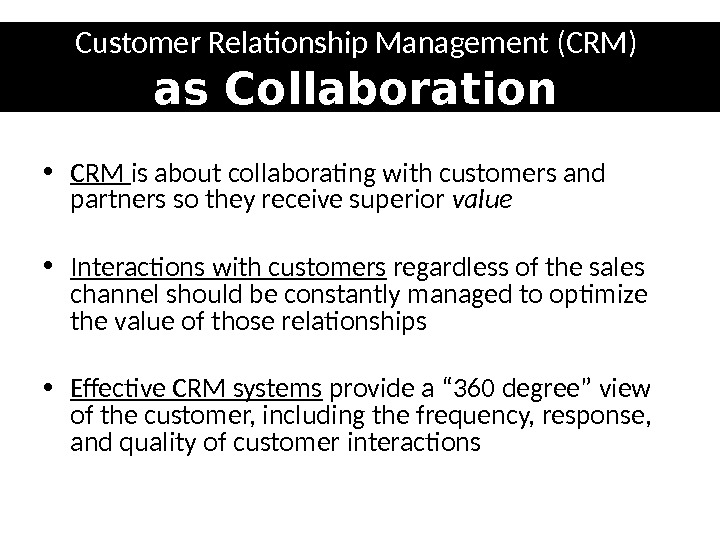
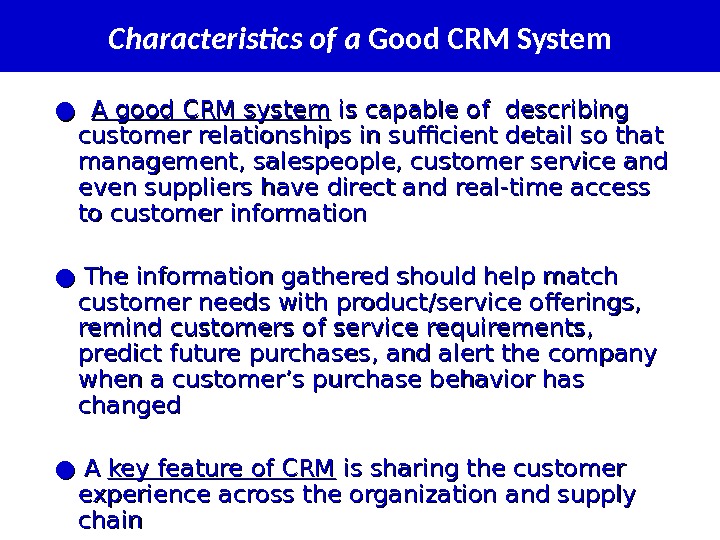
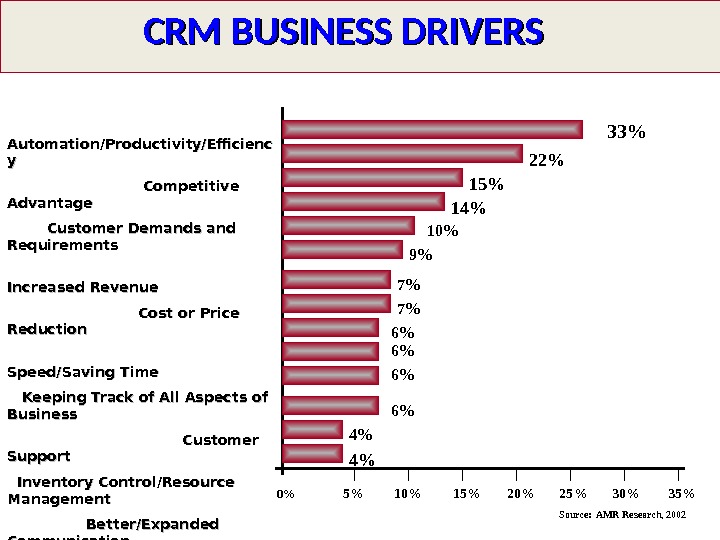
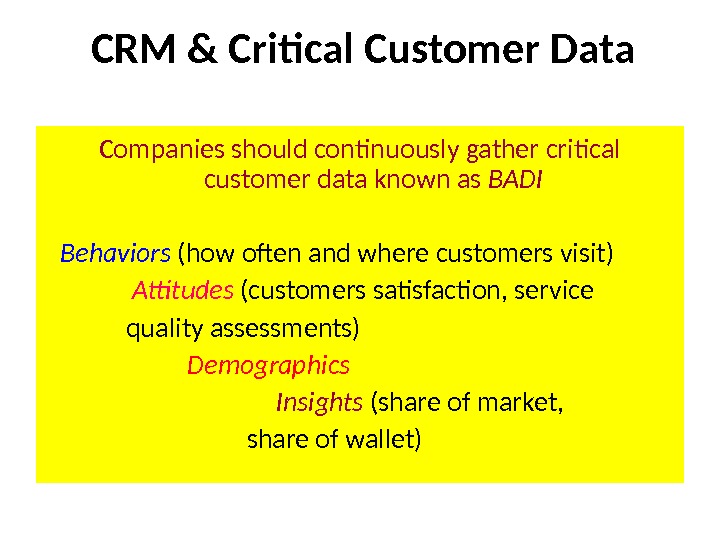
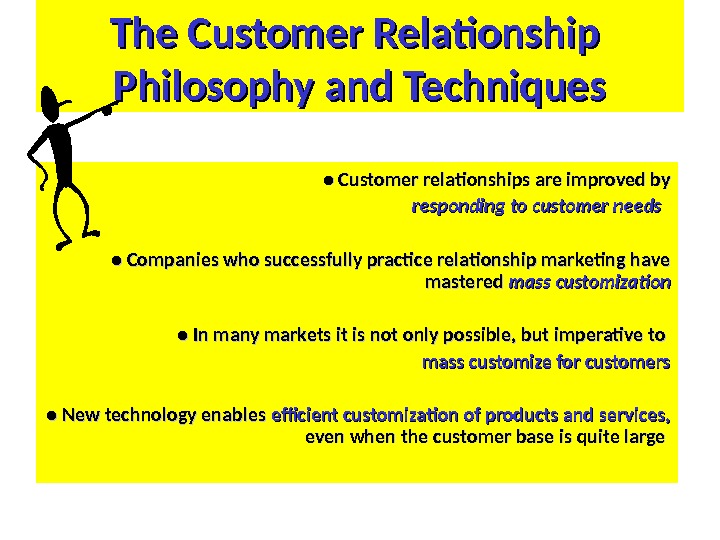

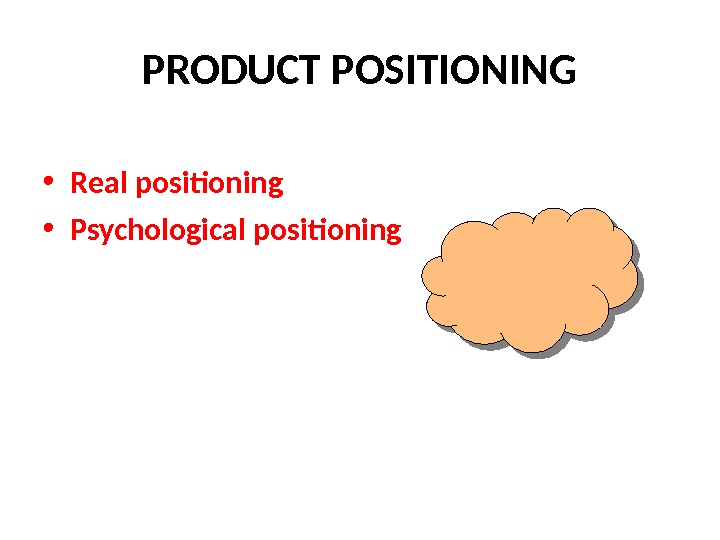
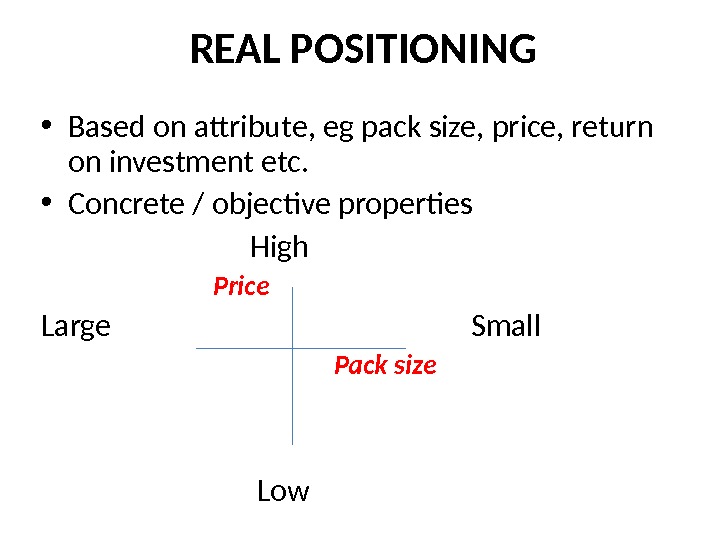
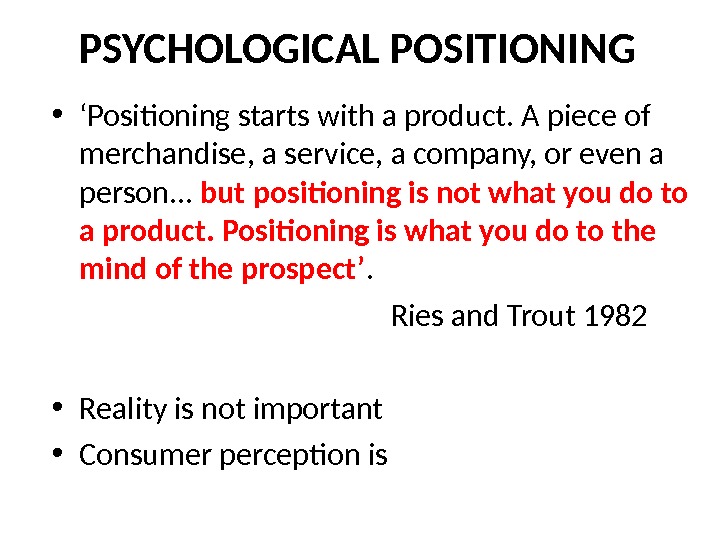
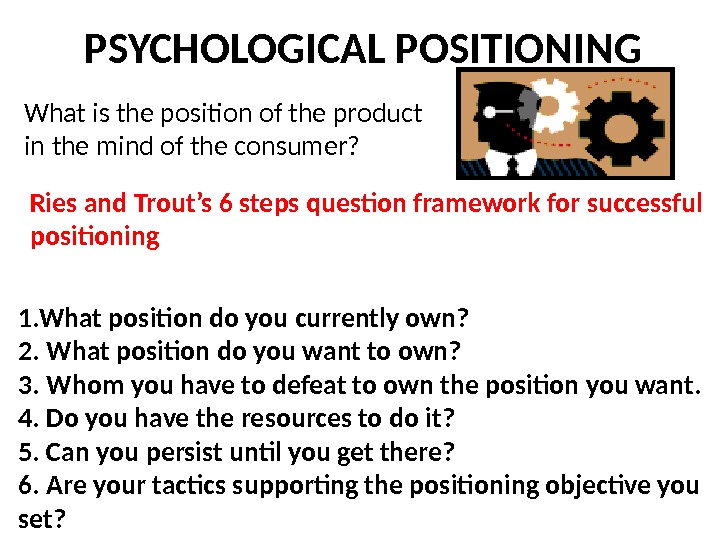


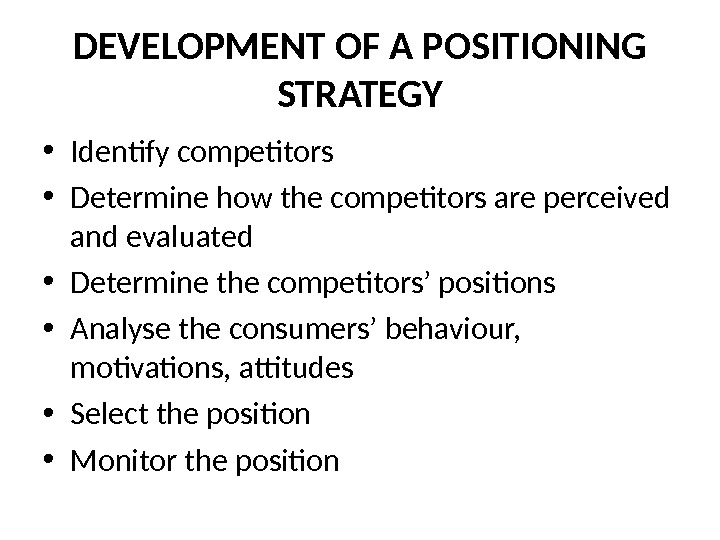

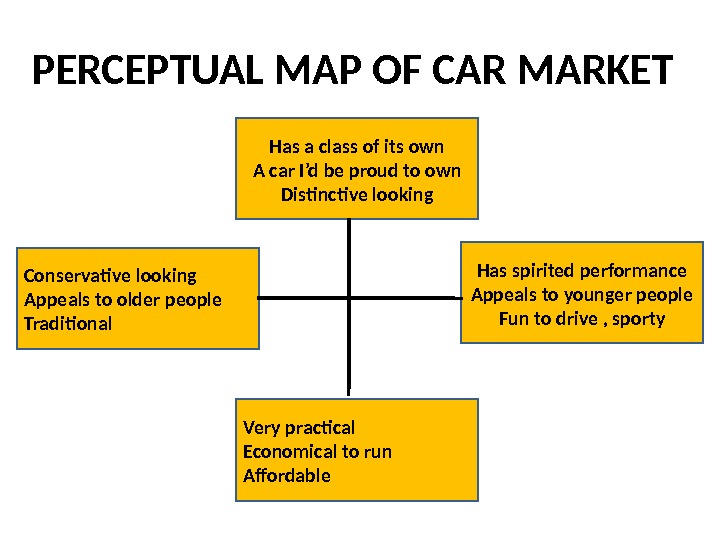
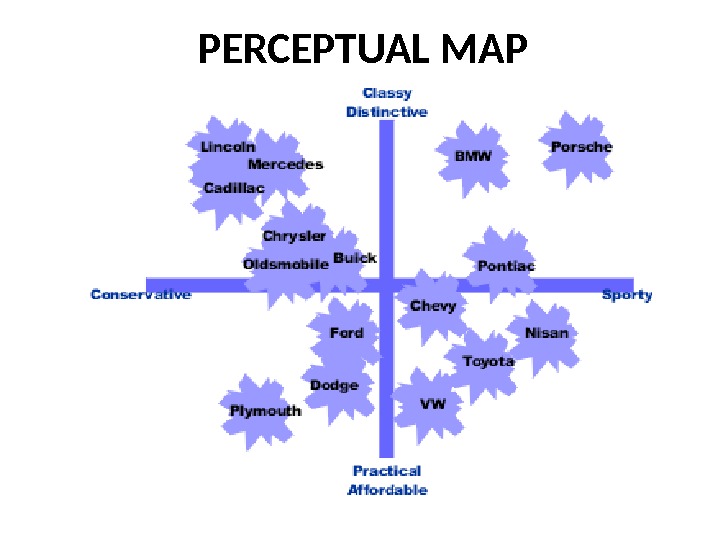
- Размер: 1.2 Mегабайта
- Количество слайдов: 59
Описание презентации Strategic Marketing Part 3 What is a по слайдам
 Strategic Marketing Part
Strategic Marketing Part
 What is a product? • A product is any offering by a company to a market that serves to satisfy customer needs and wants. • It can be an object, service, idea, etc.
What is a product? • A product is any offering by a company to a market that serves to satisfy customer needs and wants. • It can be an object, service, idea, etc.
 New Product Development • Most new product development is an improvement on existing products • Less than 10% of new products are totally new concepts.
New Product Development • Most new product development is an improvement on existing products • Less than 10% of new products are totally new concepts.
 Success rate of new products • The success rate of new products is very low – less than 5%. ‘You have to kiss a lot of frogs to find a prince. ” • Product obsolescence is rapid with improvements in technology • Shorter PLCs
Success rate of new products • The success rate of new products is very low – less than 5%. ‘You have to kiss a lot of frogs to find a prince. ” • Product obsolescence is rapid with improvements in technology • Shorter PLCs
 Consumer goods classification • Convenience goods • Shopping goods • Specialty goods • Unsought goods
Consumer goods classification • Convenience goods • Shopping goods • Specialty goods • Unsought goods
 Product classification • Durable • Non – durable • Services
Product classification • Durable • Non – durable • Services
 Industrial goods classification • Materials and Parts — raw materials — manufactured materials and parts • Capital items • Supplies and business services
Industrial goods classification • Materials and Parts — raw materials — manufactured materials and parts • Capital items • Supplies and business services
 Brand • A name becomes a brand when consumers associate it with a set of tangible and intangible benefits that they obtain from the product or service • It is the seller’s promise to deliver the same bundle of benefits/services consistently to buyers
Brand • A name becomes a brand when consumers associate it with a set of tangible and intangible benefits that they obtain from the product or service • It is the seller’s promise to deliver the same bundle of benefits/services consistently to buyers
 9 A Brand Marks what People Think and Feel • It is a rational and emotional formula based on the sum of trust, relevance, and significance that relates people to a firm, a product, or a service throughout their life.
9 A Brand Marks what People Think and Feel • It is a rational and emotional formula based on the sum of trust, relevance, and significance that relates people to a firm, a product, or a service throughout their life.
 10 Brand Management Some Key Terms • Brand Awareness • Brand Loyalty • Motivation • Desire to Buy Brand • Perceived Quality • Satisfaction • Negative Product Image • Positive Product Quality • Brand Equity
10 Brand Management Some Key Terms • Brand Awareness • Brand Loyalty • Motivation • Desire to Buy Brand • Perceived Quality • Satisfaction • Negative Product Image • Positive Product Quality • Brand Equity
 11 The Dimensions in Brand Building • Brand identity • Brand awareness • Familiarity and knowledge of the brand • Consideration to evaluate the brand • Purchase • Brand loyalty (or brand equity)
11 The Dimensions in Brand Building • Brand identity • Brand awareness • Familiarity and knowledge of the brand • Consideration to evaluate the brand • Purchase • Brand loyalty (or brand equity)
 12 A Manager‘s Goal must be to Build Brand Equity • A brand can only be strong if it has a strong supply of loyal customers • Brand equity therefore can be defined as a measure of strength of consumers‘ attachment to a brand.
12 A Manager‘s Goal must be to Build Brand Equity • A brand can only be strong if it has a strong supply of loyal customers • Brand equity therefore can be defined as a measure of strength of consumers‘ attachment to a brand.
 13 Brand Equity Source: Interbrand , The World Biggest Brands. Brand Name Industry Brand Value ($US m) Brand Value as a % of Market Capitalisation Coca-Cola Beverages 83, 845 59% Microsoft Software 56, 654 21% IBM Computers 43, 781 28% General Electric Diversified 33, 502 10% Ford Autos 33, 197 58% Disney Entertainment 32, 275 61% Intel Chips 30, 021 21% Mc. Donald’s Fast Food 26, 231 64% AT&T Telecom 24, 181 24% Marlboro Tobacco 21, 048 19%
13 Brand Equity Source: Interbrand , The World Biggest Brands. Brand Name Industry Brand Value ($US m) Brand Value as a % of Market Capitalisation Coca-Cola Beverages 83, 845 59% Microsoft Software 56, 654 21% IBM Computers 43, 781 28% General Electric Diversified 33, 502 10% Ford Autos 33, 197 58% Disney Entertainment 32, 275 61% Intel Chips 30, 021 21% Mc. Donald’s Fast Food 26, 231 64% AT&T Telecom 24, 181 24% Marlboro Tobacco 21, 048 19%
 14 Brand loyalty Perceived quality Satisfaction Negative product image + ++ R — +/- Quali t y i s Job One — Product attractiveness +Brand Management A Conceptualized Sector Overview The Brand Awareness/Effectiveness Sector The Brand Awareness/Loyalty Sector The Brand Loyalty/Quality Sector. Brand Awareness Motivat ion Desire to choose br and Brand loyalt y + + R It ‘s What t he. Cust omer Want s RSno wba ll A t tractiveness of ot her brands — — Brand Awareness Competitive pressure Effectiveness Investment — + + B BC ompe t it ion. Influe nce s Invest ment. Inf luences +- Knowledge+ +Knowle g eis g ood R
14 Brand loyalty Perceived quality Satisfaction Negative product image + ++ R — +/- Quali t y i s Job One — Product attractiveness +Brand Management A Conceptualized Sector Overview The Brand Awareness/Effectiveness Sector The Brand Awareness/Loyalty Sector The Brand Loyalty/Quality Sector. Brand Awareness Motivat ion Desire to choose br and Brand loyalt y + + R It ‘s What t he. Cust omer Want s RSno wba ll A t tractiveness of ot her brands — — Brand Awareness Competitive pressure Effectiveness Investment — + + B BC ompe t it ion. Influe nce s Invest ment. Inf luences +- Knowledge+ +Knowle g eis g ood R
 15 The Brand Awareness/Effectiveness Sector Brand Awareness. Competitive pressure Effectiveness Investment- + + B BCompe t it ion Influe nce s Invest ment Inf luences + -Knowledge + +Knowle g e is g ood R
15 The Brand Awareness/Effectiveness Sector Brand Awareness. Competitive pressure Effectiveness Investment- + + B BCompe t it ion Influe nce s Invest ment Inf luences + -Knowledge + +Knowle g e is g ood R
 16 The Brand Awareness/Loyalty Sector Brand Awareness Mot ivat ion Desire t o choose brand Brand loyalt y + + ++R It ‘s What t he Cust o mer Want s R Sno wba ll. A t t ract iveness of ot her brands — —
16 The Brand Awareness/Loyalty Sector Brand Awareness Mot ivat ion Desire t o choose brand Brand loyalt y + + ++R It ‘s What t he Cust o mer Want s R Sno wba ll. A t t ract iveness of ot her brands — —
 17 Brand Awareness/Loyalty Sector. M ot ivat ion A t t ract iveness t o choose ot her brands Bran d Loy al t y Increase in brand loya lt y Pressure on loyalt y Effect on brand choice I nvest ment effect s on brand loyalt y Desi re t o buy bran d Incre ase in desire Fact ors t o increase desire Loosing int erest
17 Brand Awareness/Loyalty Sector. M ot ivat ion A t t ract iveness t o choose ot her brands Bran d Loy al t y Increase in brand loya lt y Pressure on loyalt y Effect on brand choice I nvest ment effect s on brand loyalt y Desi re t o buy bran d Incre ase in desire Fact ors t o increase desire Loosing int erest
 18 Brand Loyalty/Quality Sector. Perceived Product Qualit y. Pressure on PQ PQ net increase Neg at ive product imag e Satisfaction PQ multipliers Relative delivery delay Product Attractiveness Effect of price on attractiveness Effect of quality on attractiveness Effect of delivery delay on attractiveness A ct ual product qualit y Relative Price Acceptable price Delivery delay Acceptable delivery delay
18 Brand Loyalty/Quality Sector. Perceived Product Qualit y. Pressure on PQ PQ net increase Neg at ive product imag e Satisfaction PQ multipliers Relative delivery delay Product Attractiveness Effect of price on attractiveness Effect of quality on attractiveness Effect of delivery delay on attractiveness A ct ual product qualit y Relative Price Acceptable price Delivery delay Acceptable delivery delay
 Brand Power • Customer will change brands for price reasons • Customer is satisfied. No reason to change. • Customer is satisfied and would take pains to get the brand • Customer values the brand sees it as a friend • Customer is devoted to the brand
Brand Power • Customer will change brands for price reasons • Customer is satisfied. No reason to change. • Customer is satisfied and would take pains to get the brand • Customer values the brand sees it as a friend • Customer is devoted to the brand
 BRAND EQUITY • Brand equity is the value of the brand beyond the tangible assets (eg: NIKE, HARRODS, ADIDAS) • The four elements of brand equity include: • Brand name awareness • Brand loyalty – Recognition – Preference – Insistence • Perceived brand quality • Brand associations
BRAND EQUITY • Brand equity is the value of the brand beyond the tangible assets (eg: NIKE, HARRODS, ADIDAS) • The four elements of brand equity include: • Brand name awareness • Brand loyalty – Recognition – Preference – Insistence • Perceived brand quality • Brand associations
 Brand Equity – Competitive Advantages • Reduced marketing costs • Trade leverage • Can charge a higher price • Can easily launch brand extensions • Can take some price competition
Brand Equity – Competitive Advantages • Reduced marketing costs • Trade leverage • Can charge a higher price • Can easily launch brand extensions • Can take some price competition
 BRAND BEHAVIOURS • Brand New at the V&A identified seven “Brand Behaviours” – Authenticity : Levi’s – Authority : Domestos, Mr. Muscle – Friendly : Apple Mac – Status : Burberry, Versace, Dior – Loyalty : Manchester United – Irreverence : FCUK, Diesel – Conscience : Body Shop, Ecover
BRAND BEHAVIOURS • Brand New at the V&A identified seven “Brand Behaviours” – Authenticity : Levi’s – Authority : Domestos, Mr. Muscle – Friendly : Apple Mac – Status : Burberry, Versace, Dior – Loyalty : Manchester United – Irreverence : FCUK, Diesel – Conscience : Body Shop, Ecover
 BRAND STRATEGY OPTIONS • Line extensions – Crisp manufacturer (Estrella) • Brand extensions- Virgin airlines to mobiles • Multibrands- Kellogg’s • New brands- New and fresh brands
BRAND STRATEGY OPTIONS • Line extensions – Crisp manufacturer (Estrella) • Brand extensions- Virgin airlines to mobiles • Multibrands- Kellogg’s • New brands- New and fresh brands
 Brand positioned -range of association Product Attribute: Heinz position its product on the attributes of No artificial colouring Usage Occasion- the convenience store SPAR (eight till late shops); Kit Kat (Have a Break have a Kit kat- links the brand to tea and coffee breaks in the UK market) Users- Ecocover cleaning products Activities -Lucozade is positioned as an isotonic drink for sporting activities Personality — Harley Davidson motorbikes (macho products with free spirits) Origin- Audi is positioned in the UK market as (From Germany –quality engineering “ Vorsprung durch technik” Competitors — Pepsi Cola (choice of next generation) in blind tasting tests younger generation prefer it in comparison to its competitors products Product Class- Kellog’s nutrigrain bars are morning bars and a substitute for traditional breakfast Symbol — Esso used symbol of tiger to position itself in the market
Brand positioned -range of association Product Attribute: Heinz position its product on the attributes of No artificial colouring Usage Occasion- the convenience store SPAR (eight till late shops); Kit Kat (Have a Break have a Kit kat- links the brand to tea and coffee breaks in the UK market) Users- Ecocover cleaning products Activities -Lucozade is positioned as an isotonic drink for sporting activities Personality — Harley Davidson motorbikes (macho products with free spirits) Origin- Audi is positioned in the UK market as (From Germany –quality engineering “ Vorsprung durch technik” Competitors — Pepsi Cola (choice of next generation) in blind tasting tests younger generation prefer it in comparison to its competitors products Product Class- Kellog’s nutrigrain bars are morning bars and a substitute for traditional breakfast Symbol — Esso used symbol of tiger to position itself in the market
 Managing Brand Equity • Brand Equity needs to be nourished and replenished. We must not flog the brand for equity to be diluted or dissipated • Store brands
Managing Brand Equity • Brand Equity needs to be nourished and replenished. We must not flog the brand for equity to be diluted or dissipated • Store brands
 Advantages of branding • Easy for the seller to track down problems and process orders • Provide legal protection of unique product features • Branding gives an opportunity to attract loyal and profitable set of customers • It helps to give a product category at different segments, having separate bundle of benefits • It helps build corporate image • It minimises harm to company reputation if the brand fails
Advantages of branding • Easy for the seller to track down problems and process orders • Provide legal protection of unique product features • Branding gives an opportunity to attract loyal and profitable set of customers • It helps to give a product category at different segments, having separate bundle of benefits • It helps build corporate image • It minimises harm to company reputation if the brand fails
 Brand parity • Consumers buy from a set of acceptable/ preferred brands
Brand parity • Consumers buy from a set of acceptable/ preferred brands
 Umbrella Brand • Products from different categories under one brand • Dangerous to the brand if the principal brand fails • Sometimes the company name is prefixed to the brand. In such cases the company name gives it legitimacy. The product name individualises it.
Umbrella Brand • Products from different categories under one brand • Dangerous to the brand if the principal brand fails • Sometimes the company name is prefixed to the brand. In such cases the company name gives it legitimacy. The product name individualises it.
 Naming the Brand • Product benefits • Product qualities • Easy to pronounce • Should be distinctive • Should not have poor meanings in other languages and countries
Naming the Brand • Product benefits • Product qualities • Easy to pronounce • Should be distinctive • Should not have poor meanings in other languages and countries
 Brand strategy • Line extension – existing brand name extended to new sizes in the existing product category • Brand extension – brand name extended to new product categories • Multibrands – new brands in the same product category • New brands – new product in a different product category • Cobrands –brands bearing two or more well known brand names
Brand strategy • Line extension – existing brand name extended to new sizes in the existing product category • Brand extension – brand name extended to new product categories • Multibrands – new brands in the same product category • New brands – new product in a different product category • Cobrands –brands bearing two or more well known brand names
 Brand Positioning- Associations Product Attribute: Heinz is positioned on attributes of no artificial colouring, flavouring or preservatives
Brand Positioning- Associations Product Attribute: Heinz is positioned on attributes of no artificial colouring, flavouring or preservatives
 Brand Repositioning • This may be required after a few years to face new competition and changing customer preferences
Brand Repositioning • This may be required after a few years to face new competition and changing customer preferences
 Labels • Identification • Grade classification • Description of product • Manufacturer identity • Date of mfg. , batch no. • Instructions for use • Promotion
Labels • Identification • Grade classification • Description of product • Manufacturer identity • Date of mfg. , batch no. • Instructions for use • Promotion
 Labels as a marketing tool • Labels need to change with time or packaging changes to give it a contemporary and fresh look
Labels as a marketing tool • Labels need to change with time or packaging changes to give it a contemporary and fresh look
 Factors Causing the Decline of the Traditional Marketing Paradigm • This perspective is no longer sufficient • The powerful forces of industry globalization • The “value” movement • Rapid advances in technology • Shift in the balance of power toward customers have coalesced to change the rules for business success
Factors Causing the Decline of the Traditional Marketing Paradigm • This perspective is no longer sufficient • The powerful forces of industry globalization • The “value” movement • Rapid advances in technology • Shift in the balance of power toward customers have coalesced to change the rules for business success
 The Transition from the Traditional Marketing Concept • The traditional marketing paradigm (the 4 Ps) is losing some of its influence among marketers. • It focuses on the transaction and the core product, taking a short-term perspective; customer attraction (conquest marketing) is the overriding goal. • The 5 th P is people – more important!
The Transition from the Traditional Marketing Concept • The traditional marketing paradigm (the 4 Ps) is losing some of its influence among marketers. • It focuses on the transaction and the core product, taking a short-term perspective; customer attraction (conquest marketing) is the overriding goal. • The 5 th P is people – more important!

 Relationship Marketing Defined “ To establish, maintain, and enhance (usually but not necessarily long-term) relationships with customers and other partners, at a profit, so that the objectives of the parties involved are met. This is achieved by a mutual exchange and fulfillment of promises. ” ___ Gr ö nroos ( Service Management and Marketing, 1990)
Relationship Marketing Defined “ To establish, maintain, and enhance (usually but not necessarily long-term) relationships with customers and other partners, at a profit, so that the objectives of the parties involved are met. This is achieved by a mutual exchange and fulfillment of promises. ” ___ Gr ö nroos ( Service Management and Marketing, 1990)
 Relationship Marketing — Goals and Outcomes • Whereas the goal of traditional marketing is customer acquisition, under relationship marketing the focus shifts to creating value • The objective is to create more value through interdependent, collaborative relationships with customers, the outcome is customer retention • Relationship marketing is ongoing, constantly looking for opportunities to generate new value • Retaining customers requires marketers to exhibit care and concern after they have made a purchase • The sale often represents only the beginning of the relationship between the buyer and seller
Relationship Marketing — Goals and Outcomes • Whereas the goal of traditional marketing is customer acquisition, under relationship marketing the focus shifts to creating value • The objective is to create more value through interdependent, collaborative relationships with customers, the outcome is customer retention • Relationship marketing is ongoing, constantly looking for opportunities to generate new value • Retaining customers requires marketers to exhibit care and concern after they have made a purchase • The sale often represents only the beginning of the relationship between the buyer and seller

 Supplier Rankings of Relationship Enablers * Johnson, W. and Weinstein, A. (1999) Based on a study of Motorola and Lucent Marketing Managers. TRUST COMMITMENT DEPENDENC EEINFORMATION EXCHANGECOOPERATION
Supplier Rankings of Relationship Enablers * Johnson, W. and Weinstein, A. (1999) Based on a study of Motorola and Lucent Marketing Managers. TRUST COMMITMENT DEPENDENC EEINFORMATION EXCHANGECOOPERATION
 Primary Bond FINANCIAL LOW Competitive Advantage LOW SOCIAL MEDIUM STRUCTURAL MEDIUM-HIGHCustomized Service 4 Levels of Relationship Marketing * *Source: Berry, L. (1995)
Primary Bond FINANCIAL LOW Competitive Advantage LOW SOCIAL MEDIUM STRUCTURAL MEDIUM-HIGHCustomized Service 4 Levels of Relationship Marketing * *Source: Berry, L. (1995)
 Customer Relationship Management ( CRM ) Definition of CRM is a business strategy that involves selecting and managing customer relationships to optimize the long-term value of a company Goal of CRM The goal of CRM is to acquire, grow, and retain the right customer relationships — those with the best long-term profit potential (Bob Thompson, founder of CRMGuru. com)
Customer Relationship Management ( CRM ) Definition of CRM is a business strategy that involves selecting and managing customer relationships to optimize the long-term value of a company Goal of CRM The goal of CRM is to acquire, grow, and retain the right customer relationships — those with the best long-term profit potential (Bob Thompson, founder of CRMGuru. com)
 Customer Relationship Management (CRM) as Collaboration • CRM is about collaborating with customers and partners so they receive superior value • Interactions with customers regardless of the sales channel should be constantly managed to optimize the value of those relationships • Effective CRM systems provide a “ 360 degree” view of the customer, including the frequency, response, and quality of customer interactions
Customer Relationship Management (CRM) as Collaboration • CRM is about collaborating with customers and partners so they receive superior value • Interactions with customers regardless of the sales channel should be constantly managed to optimize the value of those relationships • Effective CRM systems provide a “ 360 degree” view of the customer, including the frequency, response, and quality of customer interactions
 Characteristics of a Good CRM System ● ● A good CRM system is capable of describing customer relationships in sufficient detail so that management, salespeople, customer service and even suppliers have direct and real-time access to customer information ● ● The information gathered should help match customer needs with product/service offerings, remind customers of service requirements, predict future purchases, and alert the company when a customer’s purchase behavior has changed ● ● A A key feature of CRM is sharing the customer experience across the organization and supply chain
Characteristics of a Good CRM System ● ● A good CRM system is capable of describing customer relationships in sufficient detail so that management, salespeople, customer service and even suppliers have direct and real-time access to customer information ● ● The information gathered should help match customer needs with product/service offerings, remind customers of service requirements, predict future purchases, and alert the company when a customer’s purchase behavior has changed ● ● A A key feature of CRM is sharing the customer experience across the organization and supply chain
 CRM BUSINESS DRIVERS Automation/Productivity/Efficienc yy Competitive Advantage Customer Demands and Requirements Increased Revenue Cost or Price Reduction Speed/Saving Time Keeping Track of All Aspects of Business Customer Support Inventory Control/Resource Management Better/Expanded Communication Integration Customer Satisfaction Accessibility Conformity. Standardization 33% 22% 15% 14% 10% 9% 7% 7% 6% 6% 4% 4% 0% 5% 10% 15% 20% 25% 30% 35% Source: AMR Research,
CRM BUSINESS DRIVERS Automation/Productivity/Efficienc yy Competitive Advantage Customer Demands and Requirements Increased Revenue Cost or Price Reduction Speed/Saving Time Keeping Track of All Aspects of Business Customer Support Inventory Control/Resource Management Better/Expanded Communication Integration Customer Satisfaction Accessibility Conformity. Standardization 33% 22% 15% 14% 10% 9% 7% 7% 6% 6% 4% 4% 0% 5% 10% 15% 20% 25% 30% 35% Source: AMR Research,
 CRM & Critical Customer Data Companies should continuously gather critical customer data known as BADI ☛ Behaviors (how often and where customers visit) ☛ Attitudes (customers satisfaction, service quality assessments) ☛ Demographics ☛ Insights (share of market, share of wallet)
CRM & Critical Customer Data Companies should continuously gather critical customer data known as BADI ☛ Behaviors (how often and where customers visit) ☛ Attitudes (customers satisfaction, service quality assessments) ☛ Demographics ☛ Insights (share of market, share of wallet)
 The Customer Relationship Philosophy and Techniques ● ● Customer relationships are improved by responding to customer needs ● ● Companies who successfully practice relationship marketing have mastered mass customization ● ● In many markets it is not only possible, but imperative to mass customize for customers ● ● New technology enables efficient customization of products and services, even when the customer base is quite large
The Customer Relationship Philosophy and Techniques ● ● Customer relationships are improved by responding to customer needs ● ● Companies who successfully practice relationship marketing have mastered mass customization ● ● In many markets it is not only possible, but imperative to mass customize for customers ● ● New technology enables efficient customization of products and services, even when the customer base is quite large
 TARGET MARKETING STRATEGIES • Undifferentiated marketing -Single product for all segments • Concentrated marketing -Ideal product for one segment • Differentiated marketing -Develop different products (and mixes) for different market segments
TARGET MARKETING STRATEGIES • Undifferentiated marketing -Single product for all segments • Concentrated marketing -Ideal product for one segment • Differentiated marketing -Develop different products (and mixes) for different market segments
 PRODUCT POSITIONING • Real positioning • Psychological positioning
PRODUCT POSITIONING • Real positioning • Psychological positioning
 REAL POSITIONING • Based on attribute, eg pack size, price, return on investment etc. • Concrete / objective properties High Price Large Small Pack size Low
REAL POSITIONING • Based on attribute, eg pack size, price, return on investment etc. • Concrete / objective properties High Price Large Small Pack size Low
 PSYCHOLOGICAL POSITIONING • ‘ Positioning starts with a product. A piece of merchandise, a service, a company, or even a person. . . but positioning is not what you do to a product. Positioning is what you do to the mind of the prospect’. Ries and Trout 1982 • Reality is not important • Consumer perception is
PSYCHOLOGICAL POSITIONING • ‘ Positioning starts with a product. A piece of merchandise, a service, a company, or even a person. . . but positioning is not what you do to a product. Positioning is what you do to the mind of the prospect’. Ries and Trout 1982 • Reality is not important • Consumer perception is
 PSYCHOLOGICAL POSITIONING What is the position of the product in the mind of the consumer? Ries and Trout’s 6 steps question framework for successful positioning 1. What position do you currently own? 2. What position do you want to own? 3. Whom you have to defeat to own the position you want. 4. Do you have the resources to do it? 5. Can you persist until you get there? 6. Are your tactics supporting the positioning objective you set?
PSYCHOLOGICAL POSITIONING What is the position of the product in the mind of the consumer? Ries and Trout’s 6 steps question framework for successful positioning 1. What position do you currently own? 2. What position do you want to own? 3. Whom you have to defeat to own the position you want. 4. Do you have the resources to do it? 5. Can you persist until you get there? 6. Are your tactics supporting the positioning objective you set?
 POSITIONING STRATEGIES By specific product features Kwik Save (discounted supermarket chain UK) By benefits, problems, solutions or needs Volvo- safety Crest- Toothpaste anti cavity DHL- Worldwide netwok of offices By specific usage occasions Johnson’s Baby Shampoo Hennessy Cognac Wash’n’go By user category Pepsi and 7 -UP Kellogg’s Chombos Against another product Avis (Rent a car) By product class disassociation Lead- free petrol against leaded petrol
POSITIONING STRATEGIES By specific product features Kwik Save (discounted supermarket chain UK) By benefits, problems, solutions or needs Volvo- safety Crest- Toothpaste anti cavity DHL- Worldwide netwok of offices By specific usage occasions Johnson’s Baby Shampoo Hennessy Cognac Wash’n’go By user category Pepsi and 7 -UP Kellogg’s Chombos Against another product Avis (Rent a car) By product class disassociation Lead- free petrol against leaded petrol
 COMPETITIVE POSITIONING • Competitive positioning is concerned with how customers perceive the alternative offerings on the market compared to each other Hooley, Saunders and Piercy(1998) Positioning applies to these levels: • Companies : In grocery retailing in the UK Tesco, Sainsbury and Asda. Positioning is based on these identities • Products and services : Dyson vacuum cleaner compared to similar priced products from Hoover • Brands : Brand identities Coca-Cola vs Pepsi
COMPETITIVE POSITIONING • Competitive positioning is concerned with how customers perceive the alternative offerings on the market compared to each other Hooley, Saunders and Piercy(1998) Positioning applies to these levels: • Companies : In grocery retailing in the UK Tesco, Sainsbury and Asda. Positioning is based on these identities • Products and services : Dyson vacuum cleaner compared to similar priced products from Hoover • Brands : Brand identities Coca-Cola vs Pepsi
 DEVELOPMENT OF A POSITIONING STRATEGY • Identify competitors • Determine how the competitors are perceived and evaluated • Determine the competitors’ positions • Analyse the consumers’ behaviour, motivations, attitudes • Select the position • Monitor the position
DEVELOPMENT OF A POSITIONING STRATEGY • Identify competitors • Determine how the competitors are perceived and evaluated • Determine the competitors’ positions • Analyse the consumers’ behaviour, motivations, attitudes • Select the position • Monitor the position
 PERCEPTUAL MAPPING Perceptual Mapping is a graphics technique to visually display the perceptions of customers or potential customers. What do we see? Position of a product, product line, brand, or company is displayed relative to their competition. Perceptual Maps can have any number of dimensions but the most common is two dimensions.
PERCEPTUAL MAPPING Perceptual Mapping is a graphics technique to visually display the perceptions of customers or potential customers. What do we see? Position of a product, product line, brand, or company is displayed relative to their competition. Perceptual Maps can have any number of dimensions but the most common is two dimensions.
 PERCEPTUAL MAP OF CAR MARKET Has a class of its own A car I’d be proud to own Distinctive looking Conservative looking Appeals to older people Traditional Has spirited performance Appeals to younger people Fun to drive , sporty Very practical Economical to run Affordable
PERCEPTUAL MAP OF CAR MARKET Has a class of its own A car I’d be proud to own Distinctive looking Conservative looking Appeals to older people Traditional Has spirited performance Appeals to younger people Fun to drive , sporty Very practical Economical to run Affordable
 PERCEPTUAL MAP
PERCEPTUAL MAP

